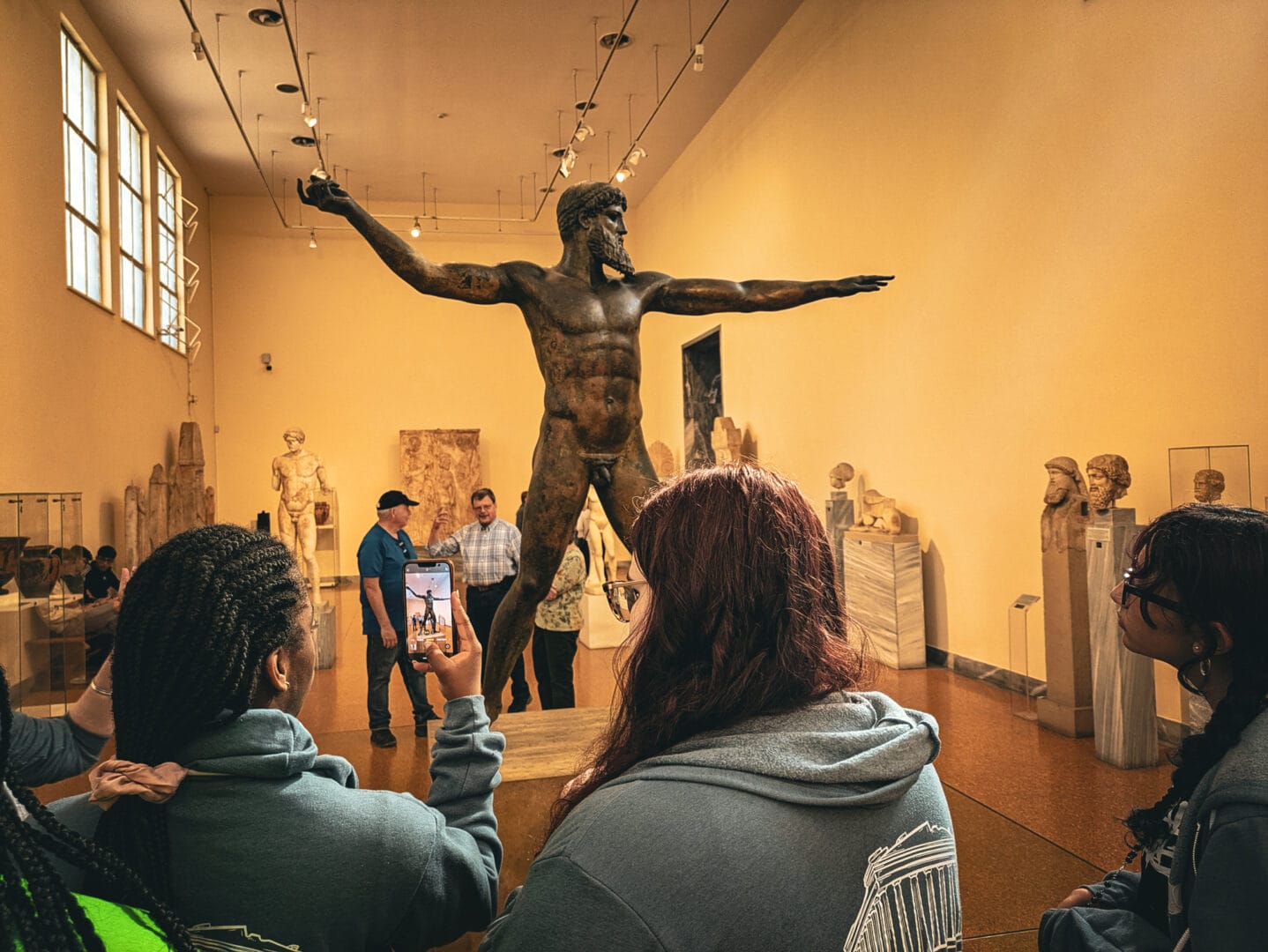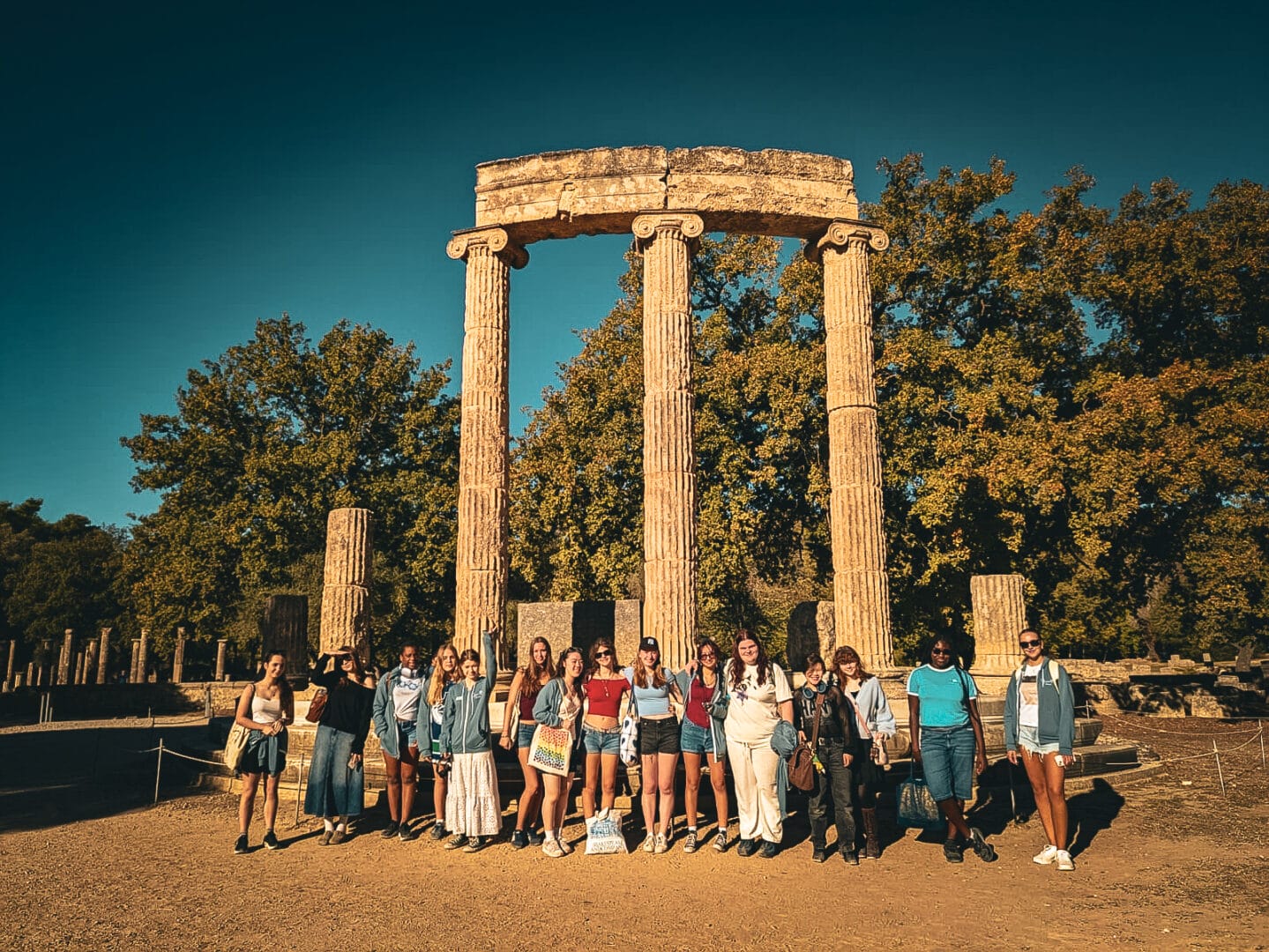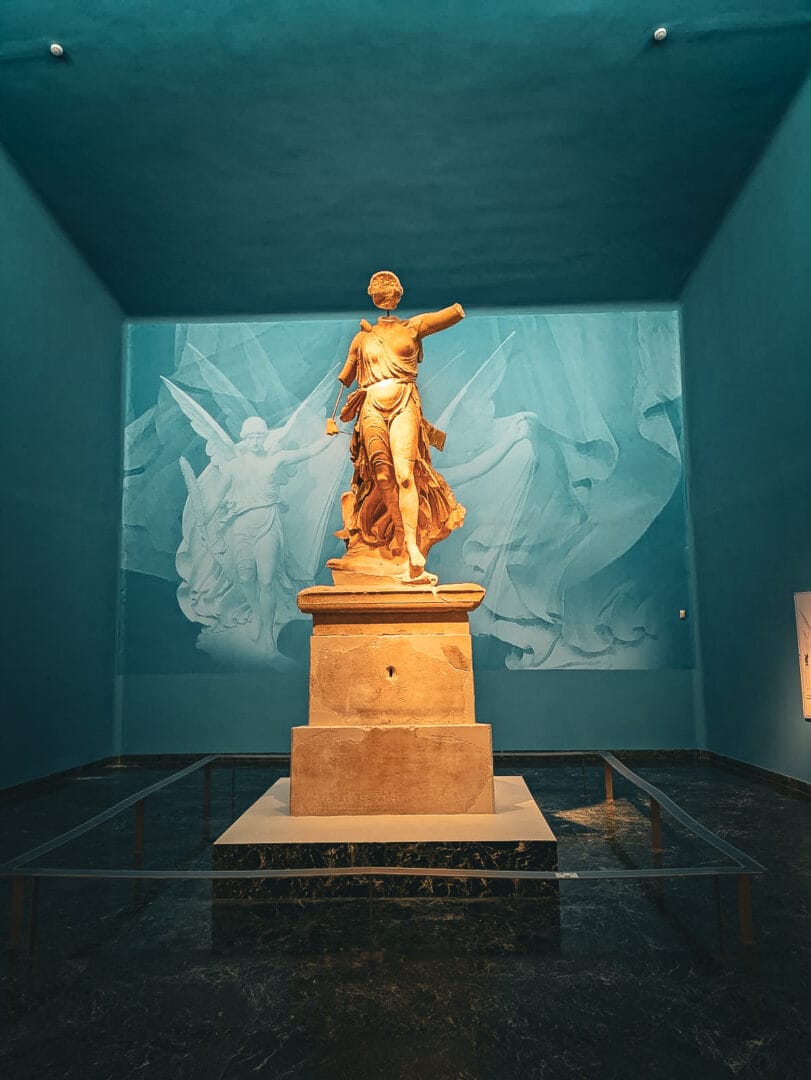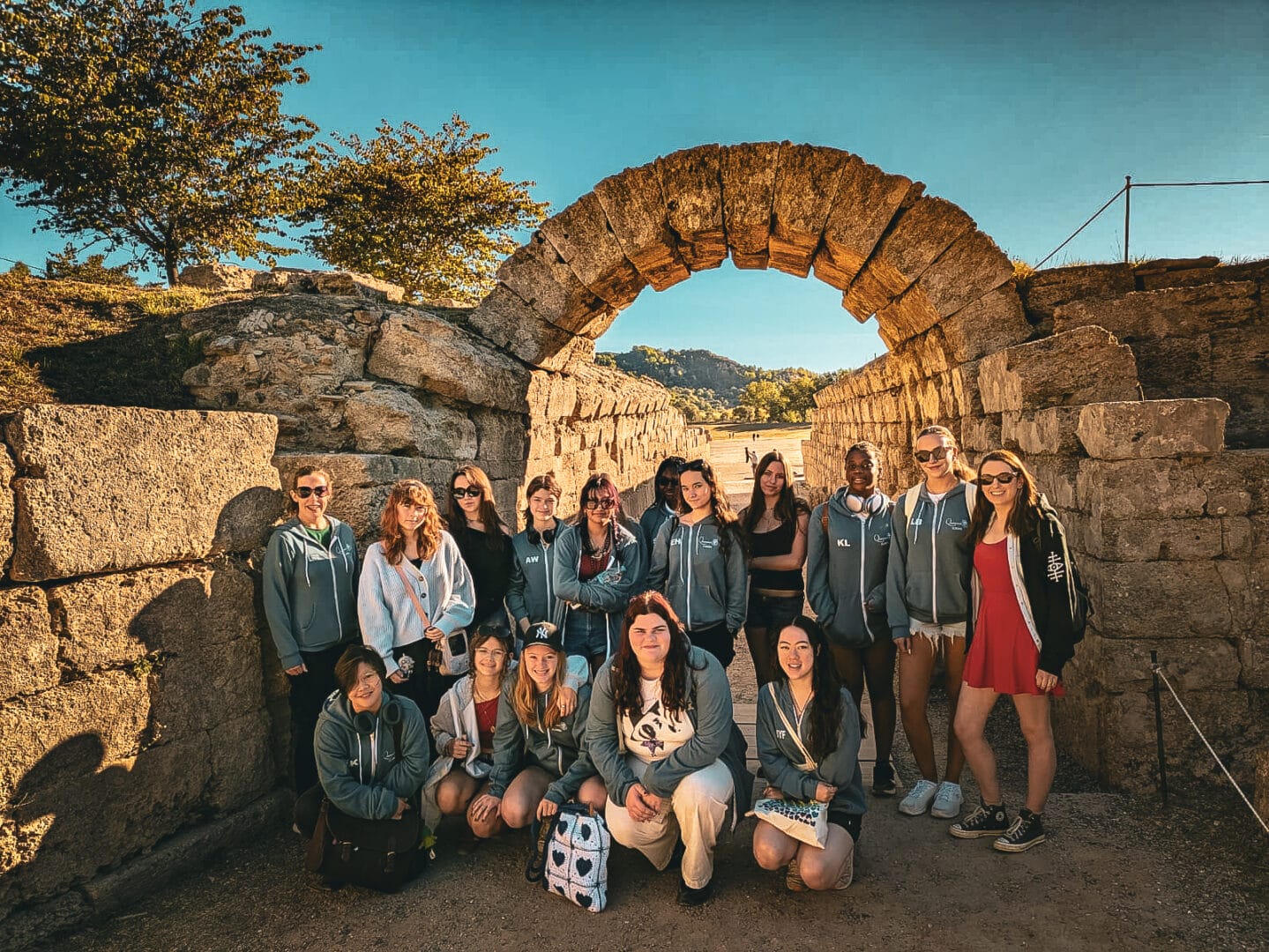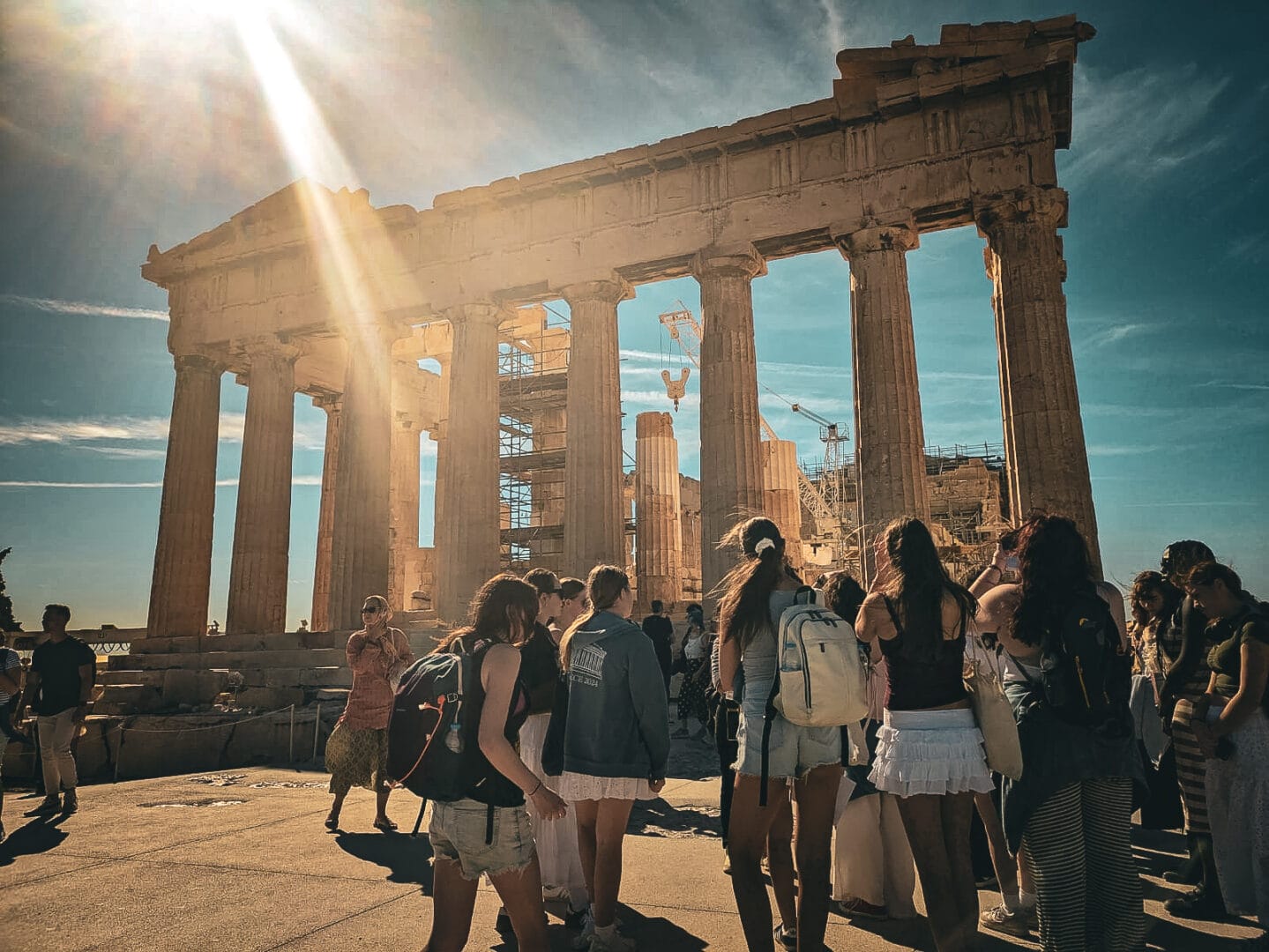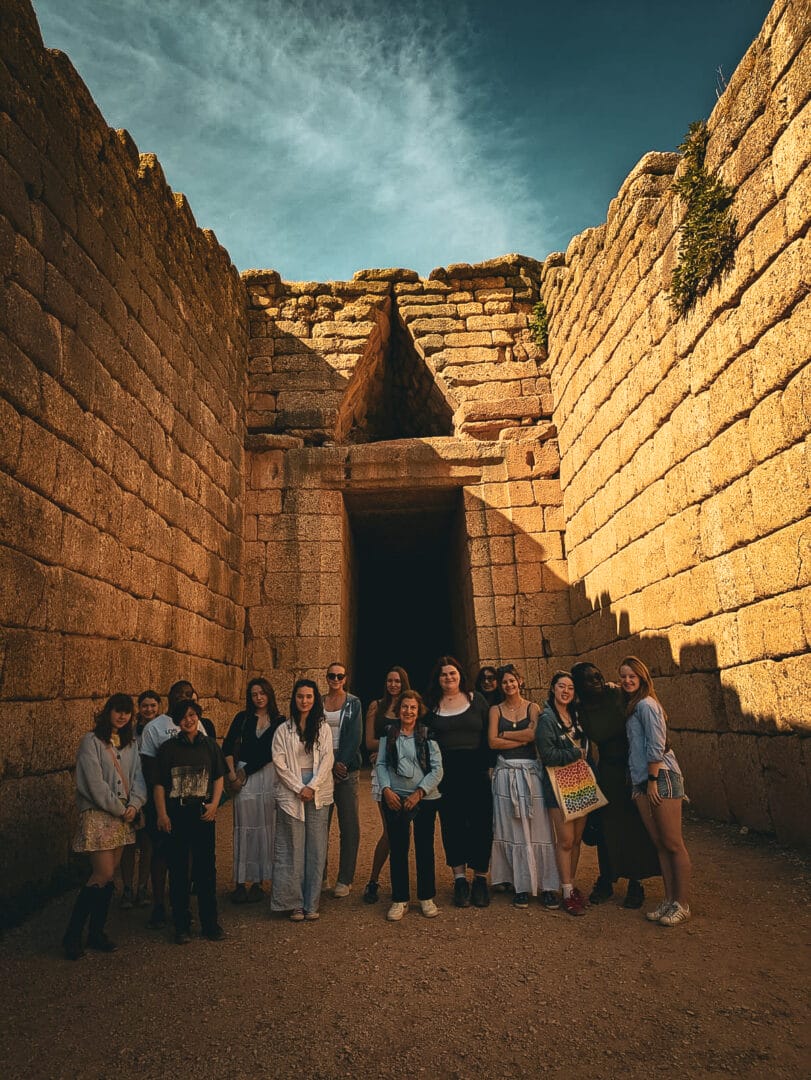Senior Classics Trip to Greece
Friday 15 November 2024
EVA H, YEAR 12
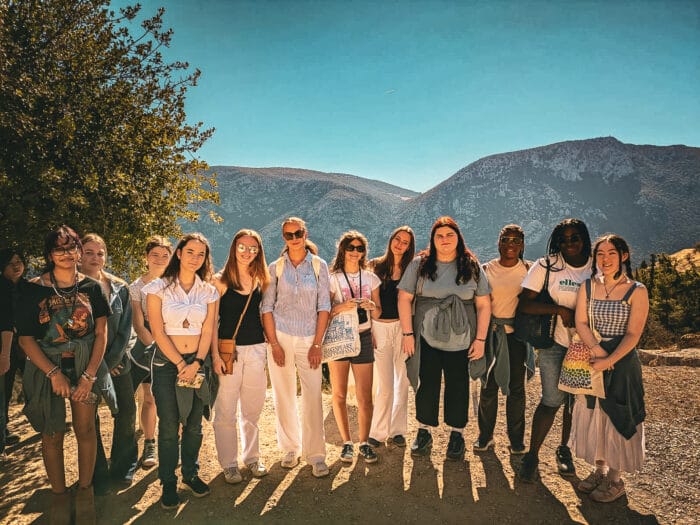
On 21 October, GCSE and A-Level students of Classical Civilization and Latin boarded a plane to Athens where we stayed our first night. We first saw Hadrian’s Arch, which was a monumental gateway in honour of Roman Emperor Hadrian, spanning a road from the city centre to the Temple of Zeus. Later that day, we saw the Choragic Monument of Lysicrates, which is a tall pillar, and an early example of Corinthian architecture. Lysicrates, a wealthy patron of the Theatre of Dionysus, commissioned it in honour of a contest which was held for the god. A very notable moment on our first day was climbing up the Areopagus (a rocky hill), which was by the beautiful Acropolis. Due to the hill having been walked on for thousands of years, it had been sanded down by people’s feet and the surface had become really smooth and difficult to climb. There was a beautiful view of the city and the world-famous Acropolis (and I lost my airpod doing a stunt on the cliff-edge!) Eventually, we reached the Acropolis citadel, and fell in love with the Erechtheion, a beautiful temple structure with six pillars taking the form of women. Lastly was a visit to the Acropolis Museum where we saw many beautiful statues, and we realised how many Greek artefacts were taken by the British a few centuries ago.
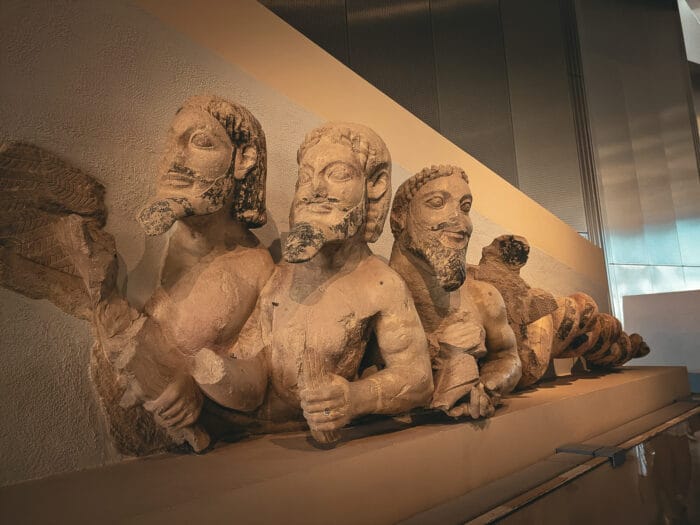
The next day, we saw the Temple of Apollo in Delphi. Delphi is known for its high-priestess, Pythia, who served as an oracle. Allegedly, the priestess would be possessed by the god Apollo and go into a trance and offer advice or prophecies. However, more possible explanations for the trances would be that hypnotic vapours from the chasms caused by earthquakes were hallucinogenic and would have simulated a trance. This took none of the charm away from reenacting Pythia’s divine trances at the ruin as though the gases were never there.
After Delphi was an eight hour drive to Olympia. This journey was made entertaining with a speaker and a playlist to which we all contributed. Notable artists on our amazing playlist were: ABBA, Sabrina Carpenter, Bruno Mars, One Direction, and Queen. In the morning, we visited the ruins where the first Olympics started; the next thing we knew, we were running the 190 metre race (won by Adrienne S). Although women were supposed to run only the first 160 metres, Queenswood proved once again that we can break the glass ceiling!
One of our favourite moments on our trips was the beach in Tolo. We arrived at a four-star hotel which overlooked the sea and we spent what felt like hours above our knees in the tepid water playing ball games and getting soaked as the sun set. In the morning, we went on a short coach trip to the Ancient Theatre of Epidaurus where we tested out the acoustics by standing around the massive circumference of the semi-circular auditorium and clapping in sync. However, this experiment concluded absolutely nothing and we just looked ridiculous. But you never learn without trying.
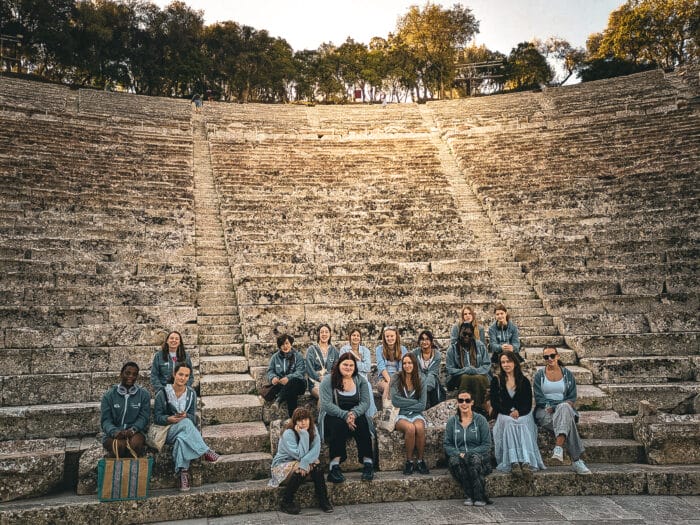
Our last night was back in Athens, and we visited the Mitropoleos Square and wandered up and down a long alley full of lights and souvenir shops before taking a brief visit to a Cathedral. Then in the morning we visited the National Archaeological Museum and found a GCSE source of a noble Greek wife and her maid sorting through jewellery, before heading straight to the airport.
However, despite these beautiful sights and artefacts, one of the most memorable moments, was eating gyros and meeting the immeasurable number of friendly stray cats.
Thank you so much to Dr Percival and Mrs Warren who made the trip possible.
You can view many more images from the trip here; use the PIN 9058 to download images.

